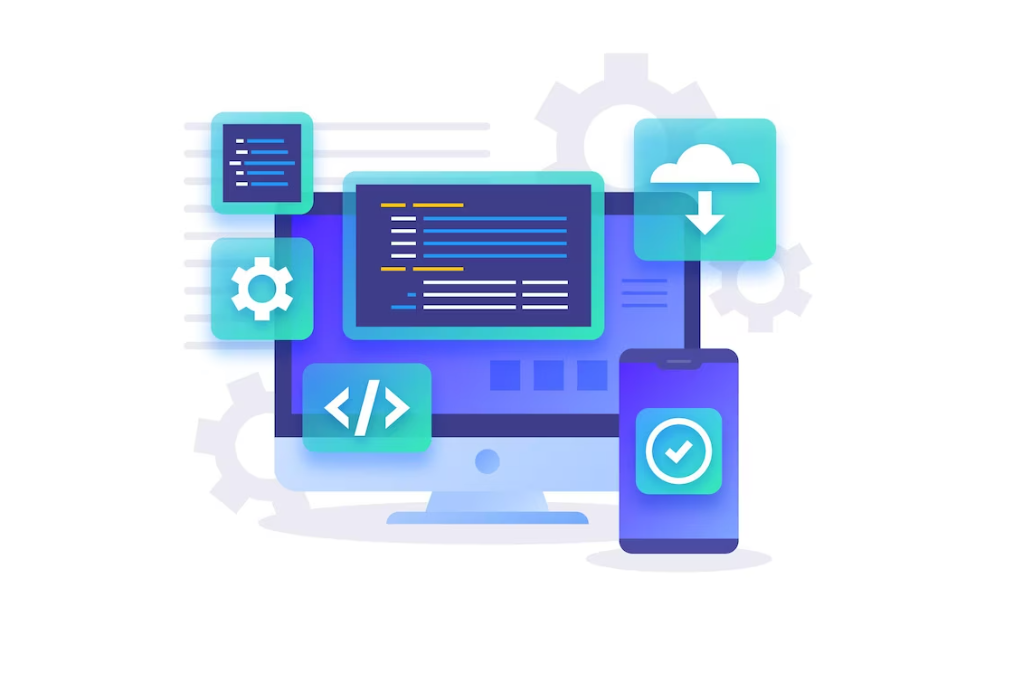Professional Web Design: Fostering Inclusivity through Web Accessibility

In our increasingly digital world, the internet serves as a vital hub for work, communication, shopping, and information access. However, it’s imperative to recognize that not everyone interacts with websites in the same way. Web accessibility plays a pivotal role in ensuring that websites are inclusive, providing people with disabilities the means to effectively access and engage with online content. In this comprehensive guide, we will delve into the significance of web accessibility in contemporary professional web design and how professionals can adeptly incorporate it.
Grasping the Essence of Web Accessibility
Web accessibility refers to the practice of making websites and web applications welcoming and navigable for all users, irrespective of their disabilities. This practice focuses on dismantling barriers that may hinder users from interacting with or gaining entry to websites. Disabilities encompass a wide spectrum, ranging from visual and hearing impairments to cognitive and motor disabilities. Thus, web accessibility seeks to cater to this diverse audience.
The Crucial Role of Web Accessibility
Inclusiveness
At its core, web accessibility champions inclusivity. It ensures that every individual, regardless of their abilities, can access and utilize online information and services. Exclusion of individuals with disabilities not only limits potential audience reach but also carries ethical and legal implications.
Legal Compliance
Many countries have enacted laws and regulations pertaining to web accessibility. For instance, in the United States, the Americans with Disabilities Act (ADA) and Section 508 of the Rehabilitation Act mandate that federal agencies’ electronic and information technology must be accessible. Failure to comply can result in legal ramifications.
Enhanced User Experience
Accessibility enhancements often translate into an improved user experience for all users. For instance, closed captions in videos benefit not only the deaf but also prove helpful in noisy environments or when watching videos without audio.
SEO Advantages
Search engines favor accessible websites due to their provision of a superior user experience. The implementation of accessibility features can consequently bolster your website’s search engine rankings.
Vital Accessibility Features
To ensure web accessibility, professional web designers and developers should integrate specific features and adopt best practices:
Semantic HTML
Proper utilization of HTML tags aids screen readers in correctly interpreting content. Headings, lists, and landmarks (such as navigation menus) should be appropriately marked up.
Alternative Text for Images
Every image should feature descriptive alternative text (alt text) to convey its content and purpose to users who cannot see the images.
Keyboard Accessibility
Websites should remain navigable and usable via keyboard input alone, catering to individuals who cannot employ a mouse.
Color Contrast
It is essential to ensure sufficient contrast between text and background colors to guarantee content readability for individuals with visual impairments.
Video and Audio Accessibility
The provision of captions and transcripts for video and audio content benefits users with hearing impairments and others who cannot listen to audio.
Testing and User Feedback
Routine testing of your website with accessibility tools, coupled with gathering feedback from users with disabilities, assists in identifying and rectifying issues.
How to Implement Web Accessibility
Effectively implementing web accessibility demands a commitment to inclusive design principles. Here’s a step-by-step guide:
-
Educate Your Team: It is imperative that your design and development team comprehends the significance of web accessibility and receives training in accessible design practices.
-
Conduct Audits: Regularly audit your website for accessibility compliance through automated testing tools and manual assessments conducted by individuals with disabilities.
-
Incorporate Accessibility from the Outset: The integration of accessibility should occur during the initial design phase of your website or web application, rather than being treated as an afterthought.
-
Leverage Accessible Frameworks and Themes: Opt for frameworks, templates, and themes that are constructed with accessibility as a core feature.
-
User-Centric Testing: Involve individuals with disabilities in usability testing to acquire insights and pinpoint issues.
-
Documentation is Key: Develop comprehensive documentation and guidelines for maintaining accessibility standards and ensure strict adherence by all team members.
Web Accessibility and Content Management Systems (CMS)
If your website operates on a content management system such as WordPress or Drupal, there exist accessibility plugins and themes that can streamline the process of enhancing your website’s accessibility. Additionally, keeping your CMS up to date is crucial, as newer versions often include accessibility enhancements.
Wrapping Up
Web accessibility isn’t merely a legal requirement; it represents a moral commitment and a strategy to elevate the user experience for all. In the realm of professional web design, prioritizing accessibility is not solely a responsible choice but also a savvy business decision. By grasping the significance of web accessibility, integrating pivotal accessibility features, and adhering to best practices, you can guarantee that your website is inclusive and accessible to all individuals, irrespective of their abilities. Always remember, a more accessible web benefits everyone.


